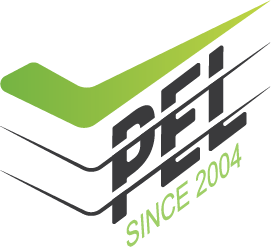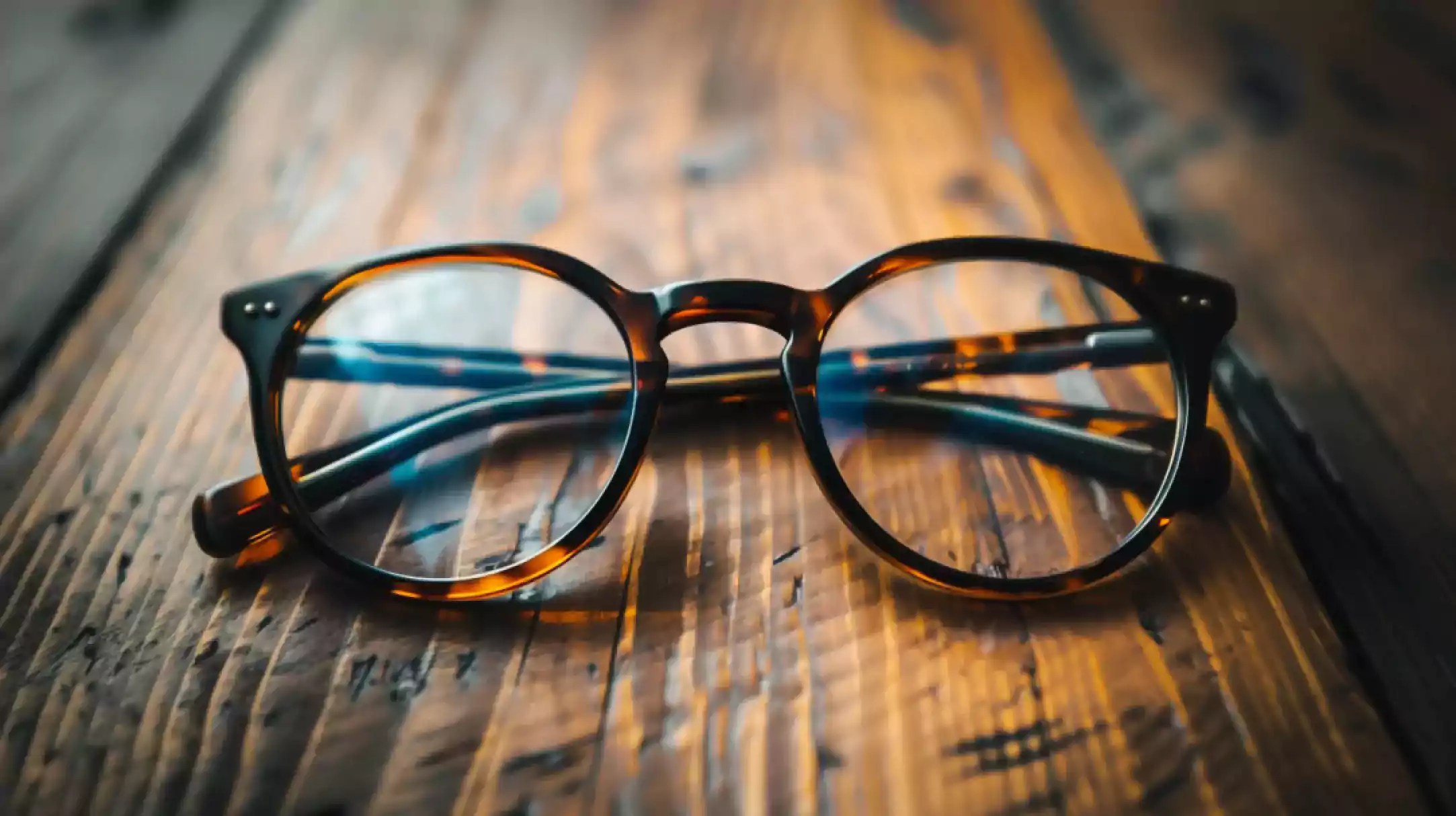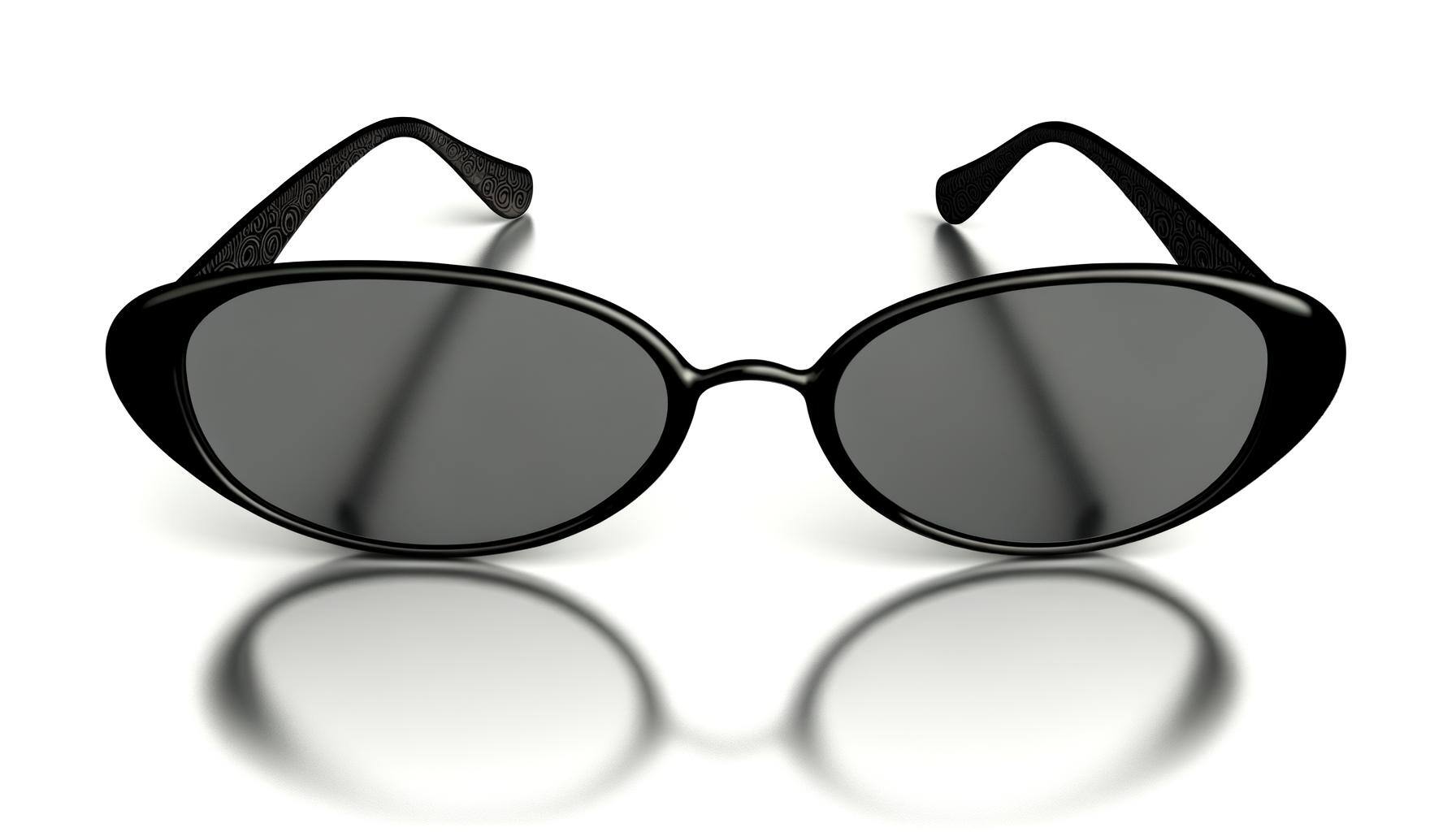The EN ISO 12312-1 standards are a stringent guideline within the eyewear industry, emphasising precision and standardisation. These eyewear quality inspection standards outline the criteria eyewear must meet to provide adequate protection against the harmful effects of solar radiation. The EN ISO 12312-1 standards play a pivotal role in ensuring that the eyewear industry adheres to a benchmark that guarantees compliance and a commitment to the highest level of protection for the consumer’s vision.
What is EN ISO 12312-1?
The EN ISO 12312-1 standards represent a framework dedicated to eyewear designed to protect against solar radiation. The standard is considered mandatory within the European Union, and products that comply with it can bear the CE mark, indicating they meet EU safety health requirements. Countries outside the EU may have their own standards and regulations, like the ANSI standards, which US-based manufacturers may choose to comply with. This set of guidelines is aimed at safeguarding users from the risks posed by exposure to the sun’s rays. The standards apply to traditional sunglasses, polarised sunglasses, clip-on lenses, and over-glasses designed for everyday use by the general public.
The EN ISO 12312-1 specifications ensure lenses effectively filter UV rays, reduce visible light to comfortable levels without colour distortion, and shield against glare, minimising visual discomfort and enhancing safety in daily activities. Additionally, the standards consider the durability of eyewear, ensuring that products can withstand everyday wear and tear without compromising their protective features.
The scope of these standards cover eyewear intended for direct observation of the sun, such as during solar eclipses, alongside products designed for general use. By setting a high bar for optical quality, EN ISO 12312-1 ensures that protective eyewear adequately shields the eyes and enhances visual clarity and colour fidelity across different environmental conditions.
General Test Parameters for EN ISO 12312-1
The EN ISO 12312-1 standard encompasses a comprehensive suite of tests designed to rigorously evaluate eyewear's effectiveness in shielding the eyes from harmful solar radiation while maintaining optimal visual quality and durability. Here's an overview of the critical test parameters defined by EN ISO 12312-1:
UV Protection Efficacy
A paramount concern is safeguarding against ultraviolet (UV) radiation. EN ISO 12312-1 mandates that eyewear substantially filter UV rays, covering UVA and UVB spectrums up to 380 nm. This can be tested with the spectral transmission test, which measures the amount of light passing through the lens across different wavelengths. This ensures that the delicate eye tissue is protected against the potential long-term effects of UV exposure.
Visible Light Transmission (VLT)
The visible light that lenses allow through is crucial for wearer comfort and safety. EN ISO 12312-1 classifies lenses based on their VLT percentages, tailored to different lighting environments. This is achieved with a spectrophotometer, which measures light intensity in the visible spectrum.
Optical Quality Assessments
Optical quality is assessed through various tests that measure the clarity and accuracy of vision through the lenses. Using a telescope method, the refractive power test evaluates the lens's refractive power to ensure it does not cause significant visual distortion and discomfort. The test specifies acceptable limits for spherical, astigmatic, and prismatic refractive powers to prevent eyestrain or discomfort.
Physical and Mechanical Properties Test
Durability is vital to long-lasting protection. Eyewear undergoes robustness testing under EN ISO 12312-1 to evaluate its resistance to everyday wear and exposure to sunlight, sweat, and other elements. Tests like resistance to perspiration and impact resistance ensure that the eyewear's protective and optical properties remain intact over time, providing consistent protection and performance.
Luminous Transmittance Uniformity
Uniformity in luminous transmittance across the lens is critical for consistent vision quality. EN ISO 12312-1 specifies limits for how much light transmission can vary across a lens. A spectrophotometer is used for the luminous transmittance uniformity test to assess whether the amount of visible light that passes through the lens is uniform across the lens.
EN ISO 12312-1:2013/A1:2015 vs EN ISO 12312-1:2022: Highlighting the Updates
The progression from EN ISO 12312-1:2015 to EN ISO 12312-1:2022 illustrates a significant evolution in eye protection standards. The update signifies advancements in the field, responding to technological innovations. Here’s an overview of the significant changes:
1. Exclusion Clarifications
The amendments clarify the exclusion of certain products from the EN ISO 12312-1 standards, including occupational eye protection, radiation protection eyewear, sports-specific protectors such as ski goggles, medical glasses, and products intended for direct observation of the sun. This helps differentiate the standards applicable to everyday eyewear versus specialized equipment.
2. Electro-optical Sunglare Filters
There are new specifications for sunglasses equipped with electro-optical filters that can alter their light transmission electronically. These sunglasses must declare their performance in both the activated and faded states and include the transition time between them, providing critical information on functionality and safety.
3. Introduction of Head forms
The updated standards now utilise six head forms for adults and two for children based on ISO 18526-4: 2020. These headforms represent different interpupillary distances, enhancing the fitting and comfort testing accuracy in eyewear.
4. Updated Testing Methods
The standards replace the previous method for checking local refractive power variations with a new approach that involves observing a regular grid image through a lens. This change aims to improve the precision of vision quality assessments.
5. Regulations for Photochromic Lenses
Additional regulations for photochromic lenses now include reporting light transmission factors at temperatures of +5°C, +35°C, and the standard +23°C. This ensures consumers have detailed information about lens performance in varying climatic conditions.
6. UV Protection for Small Interpupillary Distances
There is a new requirement for sunglasses that offer enhanced UV protection, specifically for those with interpupillary distances of 54 mm or less using category 4 filters. This addition addresses the need for superior protection from ultraviolet radiation.
7. Light Transmission Uniformity
The update specifies reducing the survey area for light transmission uniformity to 30 mm within the single ocular region, with the regulatory limit increased to 15%. For category 4 filters, the previous 20% limit remains unchanged.
8. Balancing Light Transmission in Gradient Filters
The permissible imbalance in light transmission between the ocular regions of sunglasses with gradient filters has been increased to 20%, while the limit for uniform lenses remains at 15%.
9. Mandatory Filter Category Marking
The standards include a new reminder that in certain regions (like Europe), the filter category must be marked on the sunglasses, ensuring compliance with local consumer information regulations.
10. Standards for Antireflective Coatings
For sunglasses advertised as having an antireflective coating, the luminous reflectance must be less than 8%, ensuring reduced glare and increased visual comfort.
Navigating the Future of Eye Safety with EN ISO 12312-1 Standards
The EN ISO 12312-1 standards reflect an ongoing commitment to eye safety, balancing between rigorous UV protection, optical quality, and durability requirements. With updates from 2015 to 2022, these standards evolve to meet technological advances and changing user needs, ensuring eyewear offers adequate protection against solar radiation. This evolution highlights the industry's focus on maintaining high safety standards while adapting to new challenges and innovations, demonstrating continued dedication to protecting vision in an ever-changing environment.
Partnering with PEL provides a streamlined solution for sunglasses products entering the EU market. It efficiently and cost-effectively ensures compliance with the EN ISO 12312-1 standard. Working with PEL offers hassle-free access to the market, emphasising the value of meeting rigorous safety requirements with expert support.






.jpg)



